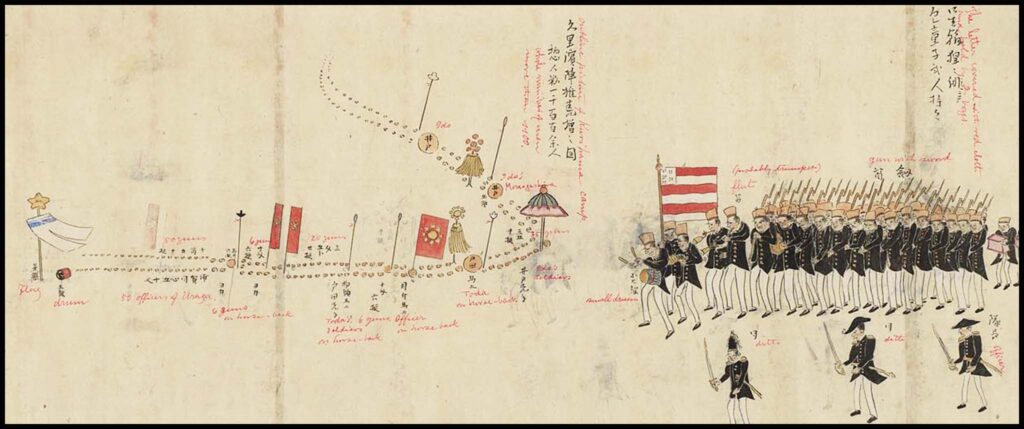
In 1853, when Commodore Matthew Perry and the United States naval squadron steamed into Edo Bay, they unwittingly started a chain of events that led to Japan's rise as a modern imperial power.
After Tokugawa Shogunate defeated all other opposing feudal lords in 1603 and the expulsion of the troublesome European Christian missionaries, Japan entered an age of isolation, known as Sakoku, that lasted over 250 years.
As part of this policy, outside trade was strictly limited to only Dutch and Chinese ships. No other foreigners were allowed in, and no Japanese allowed out. Those that did leave, intentional or not, were punished by death upon return.
Throughout the 1700s, European nations such as Britain, the Netherlands, and France set up trading outposts that expanded European control throughout Southeast Asia. In 1808 a British ship, Phaeton, attempted to sneak in into Nagasaki harbor under a Dutch flag. The Japanese were not fooled.
The shogun’s government responded with a ‘no second thoughts’ edict: All foreign ships that approached Japanese shores would be destroyed.
By the early 1800s, American whaling ships from New England plied the rich waters around the northern Japanese island of Hokkaido, but they were prohibited from putting in for supplies, and sailors shipwrecked in Japan were imprisoned.
After the victory in the Mexican American War, the United States were able to build Pacific Coast ports to access to Asian trade.
Because of this increased trade, The United States required an additional “coaling base” The United States Navy already used Hawaii as a port for coaling, but they needed another port for steamships in the far east, and Japan was in the perfect location.
In 1851, U.S. president Millard Fillmore instructed Commodore Matthew Perry to deliver a letter to the Japanese Shogun demanding that American vessels be allowed access to ports to take on coal and water, open access to Japanese trade, and that castaways be treated humanely.
On the third day of the sixth month in the Year Kaei 6, fishermen plying their nets in the Uraga Channel saw four ships, looming “large as mountains” and travelling “swiftly as birds”, entering into the channel leading to Edo (now called Tokyo), the Shogun’s capital. Guard boats swarmed out to confront the ships, but the intruders drove them off with pikes.
Panic seized the city. “Smiths busy themselves making armour, helmets, swords and spears,” wrote a local reporter. “Men and women who live near the seacoast, both samurai and commoners, have begun to evacuate with their young and old. The broad streets of the shogun’s capital are packed with people running about in panic as they carry furniture and possessions.”
“It is as if the whole town was to be burnt to ashes this very moment,” the court doctor noted in his diary.
Breaking the halcyon slumber
of the Pacific;
The steam-powered ships,
a mere four boats are enough
to make us lose sleep at night.
1853 kyõka
Japan would never be the same again.